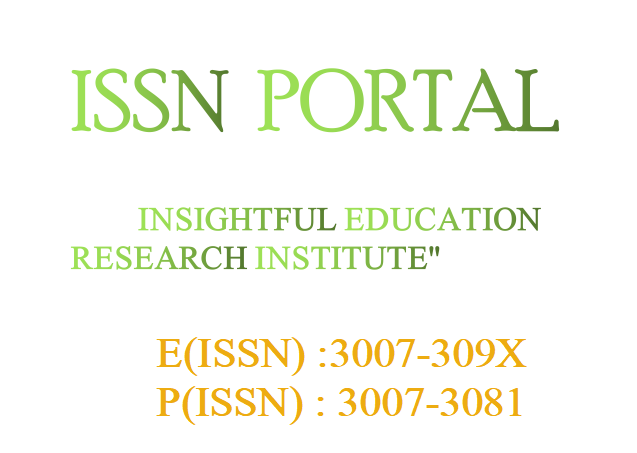FREQUENCY OF TEMPOROMANDIBULAR JOINT DISORDER AMONG PATIENTS WITH PARTIAL EDENTULISM
DOI:
https://doi.org/10.62019/dw9cfa42Keywords:
Missing teeth, partial edentulism, temporomandibular joint, temporomandibular joint disorderAbstract
INTRODUCTION: The relationship between the severity of TMD & partial edentulism has always been debatable. Missing teeth can affect the harmony between the TMJ structures.
OBJECTIVE: To find the frequency of temporomandibular joint disorder among patients with partial edentulism.
METHODS: The study was carried out on 179 subjects with partial edentulism by using Fonseca questionnaire and observing the number of missing teeth.
RESULTS: 31.8% (n=57) had no TMD, 41.8% (n=75) had mild TMD and 19.5% (n=35) had moderate TMD and 6.7 % (n=12) had severe TMD symptoms.
CONCLUSION:
Partial edentulism is an important factor in the induction of TMD so the physical therapist can devise a better treatment plan for the management of TMD due to disturbed biomechanics.







